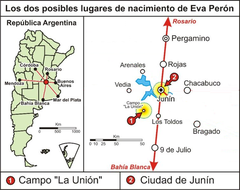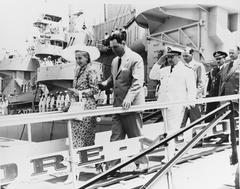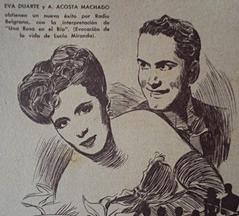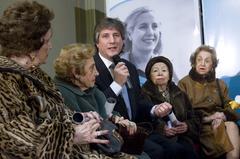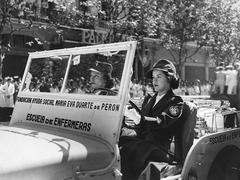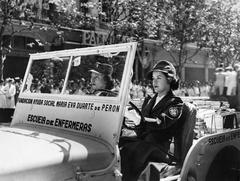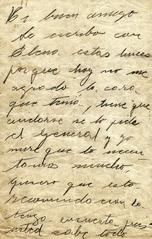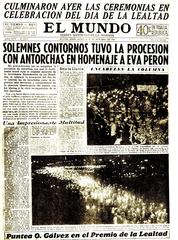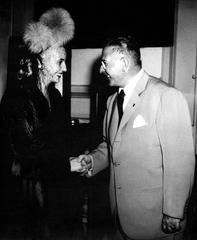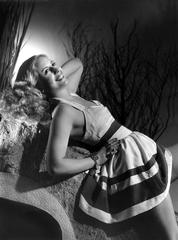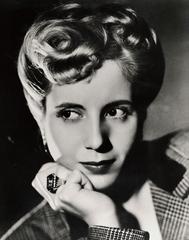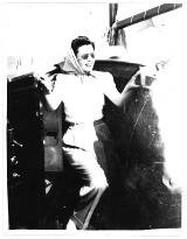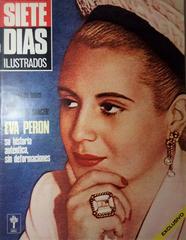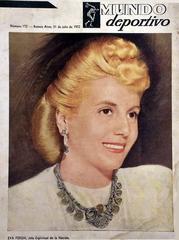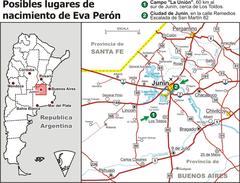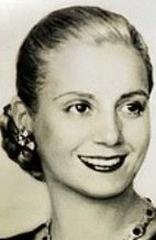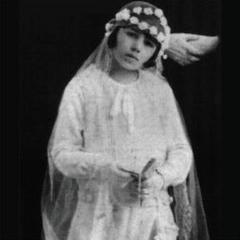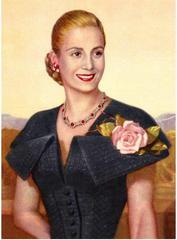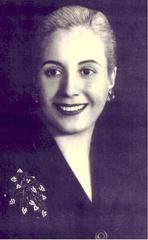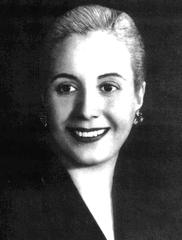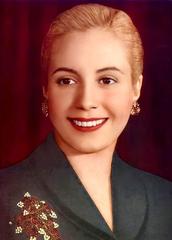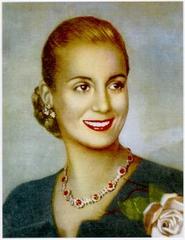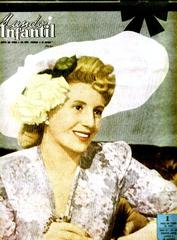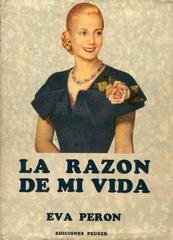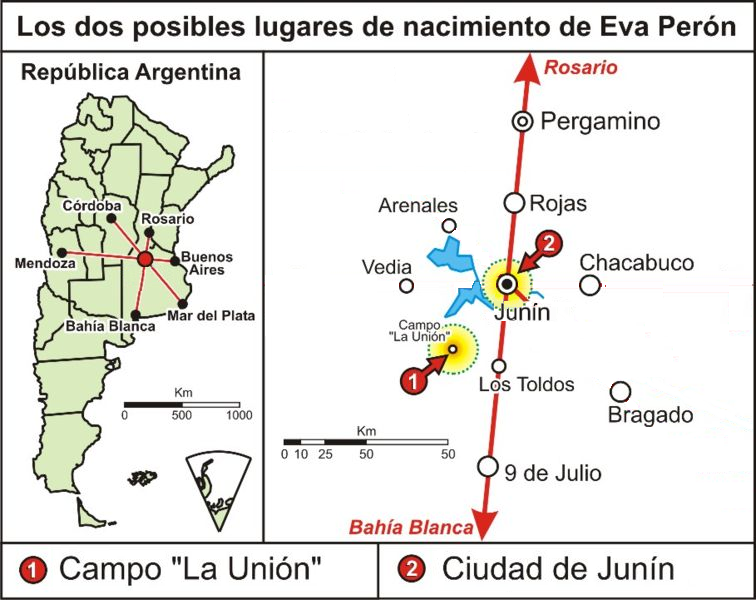
Eva Perón in Buenos Aires: Visiting Hours, Tickets, and Historical Sites Guide
Date: 14/06/2025
Introduction
Eva Perón, widely known as Evita, remains one of Argentina’s most influential and celebrated historical figures. From her beginnings in rural poverty to her role as First Lady, champion of labor rights, and advocate for women’s suffrage, Evita’s story is woven into the fabric of Buenos Aires. The city is home to numerous landmarks—museums, murals, cemeteries, and plazas—that commemorate her legacy and offer visitors an immersive experience into her life and enduring impact.
This guide provides detailed information on key Eva Perón sites in Buenos Aires, including visiting hours, ticketing, accessibility, and practical travel tips. Whether you are a history enthusiast or a traveler seeking cultural depth, this resource will equip you with the knowledge to explore Evita’s legacy thoughtfully and respectfully (Argentina Reports; Two Traveling Texans; Museo Evita; Modern Diplomacy).
Table of Contents
- Eva Perón: Early Life and Rise to Prominence
- Political Activism and Social Justice Initiatives
- Championing Women’s Rights
- Cult Status, National Mourning, and Enduring Symbolism
- Political Legacy and Cultural Impact
- Key Eva Perón Sites in Buenos Aires
- Travel Tips and Accessibility
- Frequently Asked Questions (FAQ)
- Summary and Final Tips
- References
Eva Perón: Early Life and Rise to Prominence
Born Eva María Duarte in 1919, Evita’s early years were marked by hardship and social marginalization. Moving to Buenos Aires as a teenager, she found work in acting and radio, gradually building a public profile. Her life transformed upon meeting Colonel Juan Domingo Perón in 1944, setting the stage for her entry into national politics (Argentina Reports).
Political Activism and Social Justice Initiatives
As First Lady from 1946, Eva Perón redefined the role by actively supporting labor unions, advocating for the poor, and leading social welfare initiatives. She established the María Eva Duarte de Perón Foundation in 1948, which financed schools, hospitals, orphanages, and scholarships, directly impacting millions of Argentines (Argentina Reports).
Her close connection with the working class and her personal approach—distributing toys, listening to grievances—cemented her status as a beloved leader.
Championing Women’s Rights
A driving force behind the 1947 law granting Argentine women the right to vote, Eva founded the Partido Peronista Femenino, mobilizing women as a political force. Her role as the only woman on the Superior Council of the Peronist Party opened new avenues for female political participation (Chimu Adventures; Modern Diplomacy).
Cult Status, National Mourning, and Enduring Symbolism
Eva’s charisma and tireless advocacy led to a near-mythical cult status. Her untimely death at age 33 in 1952 prompted extraordinary national mourning, with over two million people paying their respects. Her image, including the iconic Ministry of Health mural on Avenida 9 de Julio, remains a powerful symbol in the city (Argentina Reports).
Political Legacy and Cultural Impact
Eva and Juan Perón shaped Peronism, which centers on social inclusion, labor rights, and direct engagement with the masses. Peronism continues to influence Argentina’s politics and public discourse. Evita’s legacy is also preserved in art, literature, and the renowned musical “Evita” (Mexico Historico).
Key Eva Perón Sites in Buenos Aires
Museo Evita
- Location: Lafinur 2988, Palermo
- Opening Hours: Tuesday–Sunday, 11:00 am–7:00 pm; closed Mondays and select holidays (Museo Evita)
- Tickets: Foreign visitors approx. 9 ARS; residents 3.60 ARS; discounts for students and seniors
- Accessibility: Wheelchair accessible
- Highlights: Personal artifacts, iconic dresses, multimedia exhibits, and a tranquil garden café. Guided tours available in English and Spanish by appointment. Photography is permitted except in select areas (Buenos Aires Free Walks; Expat Pathways).
Recoleta Cemetery
- Location: Junín 1760, Recoleta
- Opening Hours: Daily, 7:00 am–6:00 pm (Expat Pathways)
- Tickets: Argentinians free; foreigners pay a nominal fee (under US$10 as of 2025)
- Eva Perón’s Tomb: Duarte family mausoleum, modestly marked but easy to find by following the crowds or using a map (Josie Wanders).
- Tips: Guided tours available; dress respectfully; some uneven terrain.
Casa Rosada
- Location: Balcarce 50, Plaza de Mayo
- Visiting Hours: Guided tours on weekends and public holidays, 10:00 am–6:00 pm; advance reservation required (Casa Rosada Official Site)
- Highlights: View the iconic “Evita Balcony” from which she addressed the nation (Two Traveling Texans).
Ministry of Health Murals (Avenida 9 de Julio)
- Location: Avenida 9 de Julio at Avenida Belgrano
- Features: Two massive steel portraits of Evita, each symbolizing different aspects of her legacy. Public art; visible day and night (Sol Salute).
Plaza Evita and the National Library
- Location: Avenida Del Libertador 2600
- Features: Statue of Eva Perón on the former site of Palacio Unzué, her last residence. A tranquil, reflective space, open to the public (Sol Salute).
Unzué Palace (Evita Experience)
- Location: Austria 2601, Recoleta
- Experience: Guided tour, one-woman show, and Argentine dinner in the historic setting. Mondays at 7:00 pm; reservations required (Time Out Buenos Aires).
Themed Cafés and Restaurants
- Un Café con Perón: Memorabilia-filled café near Plaza Evita, offering a unique Peronist atmosphere.
- Perón Perón Resto Bar: Peronism-themed restaurant with traditional Argentine cuisine (The Thorough Tripper).
Luna Park
- Location: Bouchard 465
- Significance: Site of Eva and Juan Perón’s first meeting in 1944.
- Current Use: Active concert and sports venue; historical context included in some guided tours (Buenos Aires Tourism).
Centro Cultural Kirchner (Sala Eva Perón)
- Location: Sarmiento 151
- Features: Reconstructed office of Eva Perón, open to the public as part of the CCK’s historical exhibits.
Travel Tips and Accessibility
- Transportation: Buenos Aires’ Subte, buses, and taxis provide easy access to all major Eva Perón sites.
- Best Times to Visit: Weekdays and mornings are generally less crowded. Spring (September–November) and autumn (March–May) offer pleasant weather.
- Accessibility: Major sites (Museo Evita, Ministry of Health, Casa Rosada) are wheelchair accessible. Some cemetery paths can be uneven.
- Safety: Exercise standard precautions in crowded tourist areas.
- Language: Many tours and museums offer English-language options.
- Tour Organization: Guided tours provide valuable insights; book in advance. Food tours and thematic walks are popular (Gray Line).
Frequently Asked Questions (FAQ)
Q: What are Museo Evita’s opening hours and ticket prices?
A: Tuesday–Sunday, 11:00 am–7:00 pm; closed Mondays. Tickets: approx. 9 ARS for foreigners, discounts for residents, students, and seniors (Museo Evita).
Q: How do I find Eva Perón’s tomb in Recoleta Cemetery?
A: The Duarte family mausoleum, modest but well-marked, is on the left side of the cemetery. Maps and guided tours are helpful (Josie Wanders).
Q: Are guided tours available?
A: Yes, both Museo Evita and Recoleta Cemetery offer guided tours in English and Spanish. Book in advance for best availability.
Q: Is photography allowed?
A: Generally permitted, except in some museum exhibits. Always check on-site guidelines.
Q: Are Eva Perón sites accessible for visitors with disabilities?
A: Most major sites are accessible; Recoleta Cemetery may have some challenging paths.
Summary and Final Tips
Exploring Eva Perón’s legacy through Buenos Aires’ landmarks allows visitors to engage deeply with Argentina’s history, social change, and enduring cultural narratives. Each site—from the evocative murals to the intimate museum exhibits—offers unique insights into Evita’s journey and the nation’s collective memory.
To make the most of your visit:
- Plan your itinerary with official opening hours and ticket information.
- Consider guided tours for historical depth and local perspective.
- Respect site etiquette and cultural sensitivities.
- Download the Audiala app and follow social media channels for updates and additional resources.
Visiting these sites is more than a historical excursion—it is an opportunity to connect with the spirit of a woman who transformed Argentina and left an indelible mark on the world (Argentina Reports; Two Traveling Texans; Museo Evita; Modern Diplomacy).
References
- Visiting Eva Perón Sites in Buenos Aires: A Guide to Her Life, Legacy, and Monuments (Argentina Reports)
- Visiting Eva Perón Sites in Buenos Aires: Hours, Tickets & Must-See Historical Landmarks (Two Traveling Texans)
- The Legacy and the Contributions to the Feminist Movement in Argentina (Modern Diplomacy)
- Official Museo Evita Website (Museo Evita)
- The Life and Impact of Eva Perón on Argentine Society (Mexico Historico)
- Additional practical travel resources: Expat Pathways, Time Out Buenos Aires, Sol Salute, Josie Wanders, Buenos Aires Free Walks, Gray Line.
